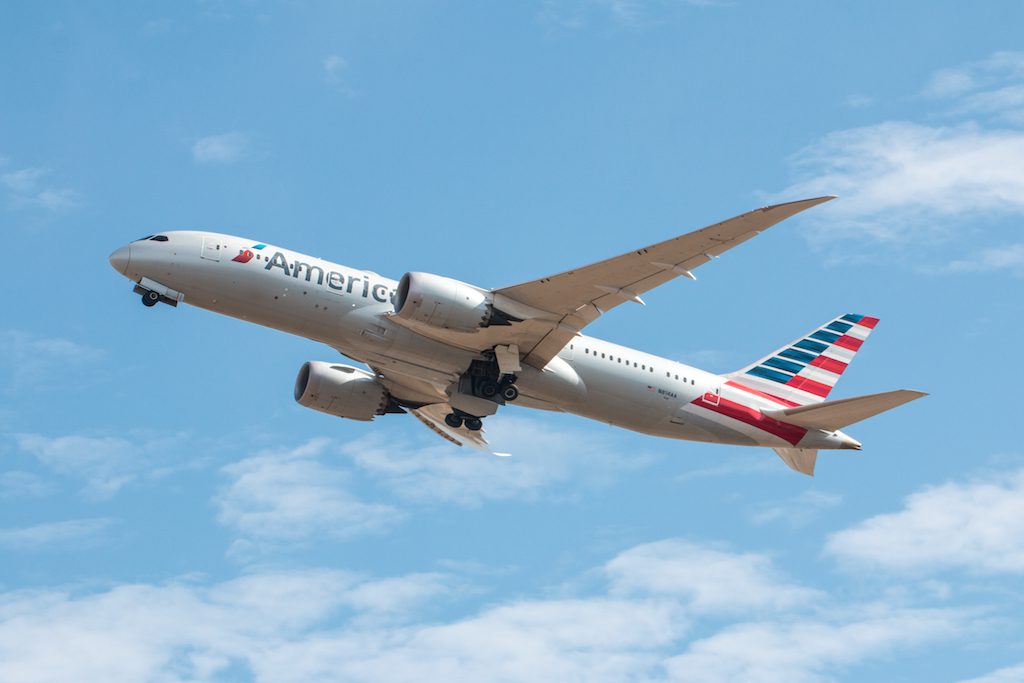American's Pandemic Job Losses Could Top 40,000 Without More Relief, Airline Warns

Skift Take
Airlines are using all the leverage they have to persuade Congress to extend their bailout. Congress will probably bite. But is that the right move?
After months of speaking in more optimistic tones than their competitors, American Airlines executives are finally admitting what leaders elsewhere have said for months — the U.S. airline industry will not recover quickly. Now, American wants the government to bail it out, again.
In an ominous note Tuesday to employees, American said it could have at least 40,000 fewer employees on October 1 than before the pandemic. That would mean about a 30 percent cut compared to American's workforce on December 31.
A little more than half of that group is on its way out, no matter what. Many accepted buyouts or took long-term leaves, while others in management were forced out. But American said in its note that 19,000 employees are slated for furlough or layoffs on
